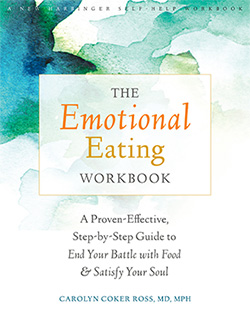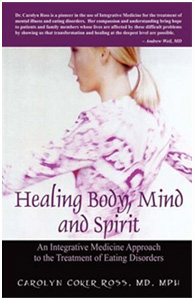Binge eating disorder (BED) affects between two and five percent (Spitzer 1993) of adults in the United States (over four million Americans) and is the most common of all the eating disorders. Up to 25 percent of overweight or obese individuals seeking treatment for obesity have binge eating disorder (Pull, 2004). This number goes up in those who are severely obese. Binge eating disorder may be as common in men as it is in women, unlike the other eating disorders (Grucza 2007). It affects African-Americans as often as Caucasians.
You may have binge eating disorder if you have periods where you are eating a large quantity of food in one sitting, which is the definition of a binge. You may also experience difficulty in controlling how much you eat or feel powerless to stop eating even though you may not be hungry or you may feel too full. After a binge, you may suffer from emotions of disgust, shame or embarrassment about your behaviors.
Individuals with BED are more likely to have had an earlier onset of problems with their weight, including a history of obesity and may have started dieting at a younger age than their peers (Johnsen 2003). The obsession with body shape and size of those with BED are more similar to what is seen in individuals with bulimia nervosa than with those individuals with obesity who don’t binge. A hallmark of persons with BED is their history of exposure to negative messages about shape, eating and weight. While dieting may be associated with BED, in the majority of persons, the binging behavior came before dieting (Stunkard 2004).
If you think you may have binge eating disorder, help and hope are not far away. Contact Dr. Ross for a consultation by phone or in person.







